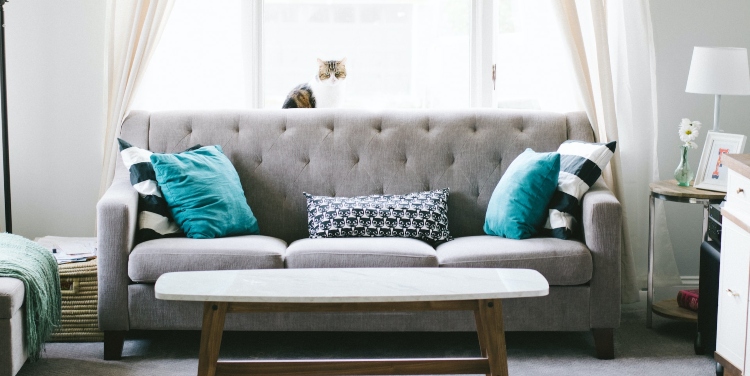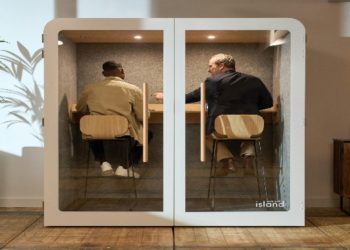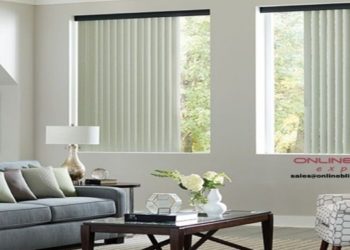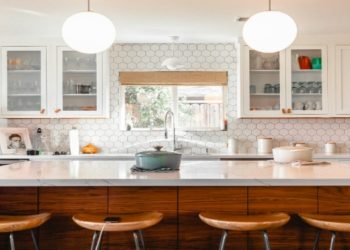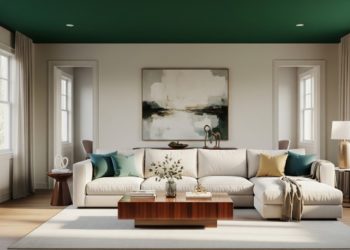The modern home is akin to a canvas, with each element contributing to the grand masterpiece of interior design. Texture, often overlooked, is the secret brushstroke that can transform a space from mundane to magical. It brings depth, interest, and a tactile dimension to interiors that color and shape alone cannot achieve. Whether it’s through soft furnishings, tactile wall treatments, or intricate flooring patterns, incorporating texture is essential to creating a rich and nuanced aesthetic. Let’s explore the world of texture and how it can be the key to unlocking a modern, stylish, and warm home.
Exploring the World of Textures
Before plunging into the myriad ways to include texture in interiors, it’s vital to understand the concept fully. Textures can be visual or tactile, with visual textures appealing to the sight and tactile textures inviting touch. The secret to a modern and balanced interior lies in expertly marrying these two types of textures.
A Modern Revival
In the realm of textured designs, ribbed paneling stands as a classic yet modern feature. With its three-dimensional appearance, it adds depth and character to walls, ceilings, and even furniture pieces. This type of paneling comes in various materials like wood, concrete, or metal, and can be utilized in multiple spaces, from chic living rooms to sleek office spaces.
The panels create rhythmic patterns and shadows that change throughout the day, giving the room a dynamic, ever-changing appeal. Moreover, ribbed paneling serves as a fantastic focal point, drawing eyes and stirring conversations.
Incorporating Texture through Furniture and Fabrics
Adding texture isn’t limited to structural elements like walls and floors; it extends to the furniture and fabrics you choose to adorn your space. Velvet cushions, silk curtains, or a shaggy rug can add layers of texture that not only enhance the beauty of a room but also heighten the comfort and luxury.
A Symphony of Materials
Modern interiors thrive on a harmonious blend of materials. Glass, metal, wood, and stone can come together to create a composition that is rich and full of depth. For instance, a sleek marble countertop can contrast beautifully with wooden ribbed paneling, bringing an element of nature indoors, accompanied by a touch of sophistication.
Enhancing Spaces with Lighting
Lighting can play a pivotal role in highlighting the textures in a room. Through carefully placed lights, shadows can emphasize the patterns and textures, adding a new dimension to the space. Whether it is spotlighting a piece of art or creating a soft glow around ribbed paneling, lighting can enhance texture like no other element.
Outdoor Textures Making Their Way In
In an attempt to bridge the gap between the indoors and outdoors, modern designs often bring elements traditionally found outside, indoors. Think of a pebbled pathway incorporated into the flooring or a wall featuring exposed bricks. These features introduce unique textures that are both visually striking and rich in character.
Marrying Traditional Techniques with Modern Aesthetics
In the grand scheme of texture integration, there exists an exciting confluence where age-old craftsmanship meets contemporary design sensibilities. This collaboration brings forth materials and techniques that have graced homes for centuries, reintroduced in novel and modern ways. Handcrafted pottery, antique textiles, and artisanal wooden crafts find a place of prominence amidst sleek and modern furnishings. This juxtaposition not only offers an enriching visual tapestry but also brings a richness of history and culture to the interiors. It advocates for a design narrative that embraces the old and the new in a harmonious embrace, creating spaces that resonate with warmth, familiarity, and modern elegance.
Navigating the Textural Journey with Expert Guidance
Embarking on the journey of designing with texture can initially seem like a daunting endeavor. The myriad choices and combinations can sometimes overwhelm even the most enthusiastic homeowners. This is where seeking expert guidance can be a game-changer. Interior designers with a keen eye for texture can navigate you through the complex labyrinth of choices, helping to select combinations that resonate with your style and the functionality of the space. They can introduce innovative solutions in ways that complement and enhance the existing architectural elements.
Furthermore, their expertise allows for a seamless integration of textures, where each element, from the largest ribbed panel to the smallest accessory, comes together to narrate a cohesive and captivating story of modernity fused with timeless grace.
The Final Flourish: Accessories and Accents
No interior is complete without the finishing touches of accessories and accents. These elements can add splashes of texture through patterned vases, woven baskets, or sculptural pieces. Remember, the goal is to create a layered look that evokes a sense of depth and intrigue.
In Conclusion: Crafting a Textured Tale
Designing with texture is like weaving a rich tapestry where each element adds to the story, creating a rich, immersive experience. As the modern home leans towards a fusion of styles, textures become the secret ingredient to craft spaces that are contemporary yet warm, minimalistic yet vibrant.
Incorporating elements such as ribbed paneling can act as a bold statement, bringing character and a sense of modernity to interiors. By mixing different textures, from the roughness of stone to the softness of fabric, designers can craft spaces that invite occupants to touch, feel, and truly experience the space, thereby making the home not just a visual treat but a tactile wonderland.
As we step into a new era of interior design where texture takes center stage, we invite you to explore the fascinating world of textures. Let your interiors tell a textured tale that is modern, stylish, and truly captivating, and watch as your spaces transform into vibrant canvases, rich with depth and character.
In your next design project, dare to delve deep into the world of textures, and witness the magical transformation it brings to modern interiors. After all, texture is not just a design element; it’s an experience, a journey of sensory delight that beckons one to touch, feel, and embrace the richness of life, one textured layer at a time.
David Prior
David Prior is the editor of Today News, responsible for the overall editorial strategy. He is an NCTJ-qualified journalist with over 20 years’ experience, and is also editor of the award-winning hyperlocal news title Altrincham Today. His LinkedIn profile is here.






















































